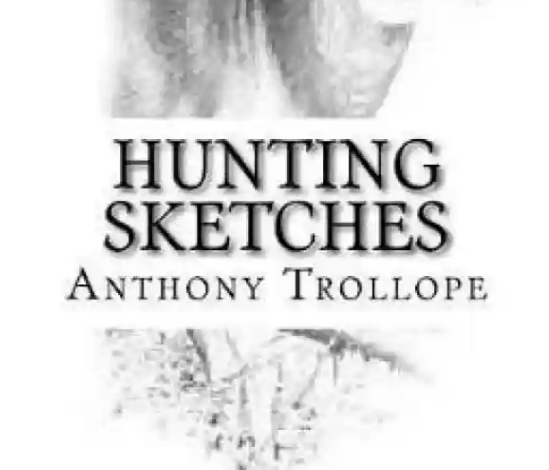The Lady Who Rides to Hounds
byIn this chapter titled The Lady Who Rides to Hounds, introduces a compelling exploration of how women have steadily redefined their place within the traditional sport of fox-hunting. Historically seen as a male preserve, hunting has gradually welcomed a new presence in the field—ladies whose grace, discipline, and growing confidence have quietly transformed the tone and image of the sport. These women, many of whom received refined equestrian training from an early age, now participate not just as companions but as capable and enthusiastic riders in their own right. Their involvement challenges lingering preconceptions, introducing elegance without compromising the hunt’s vitality. The hunting lady is no longer a rarity, but a recognized figure whose poise and skill uplift the tradition rather than threaten it.
Two distinct types of women appear in the hunting landscape—those who rely heavily on others, and those who ride with quiet assurance. The former is painted as an inconvenience: constantly needing help, unprepared, and unaware of the unspoken etiquette of the field. Her dependence can become a burden for more seasoned hunters, who are forced to divide attention between the chase and her welfare. This disrupts the harmony of the group and undermines the self-sufficiency expected in such an environment. On the other hand, the woman who rides independently—who neither fusses nor flounders—is admired not for her gender, but for her composure and awareness. She rides with a sense of purpose, blending seamlessly with the pace of the hunt, earning the silent respect of her companions.
Contrary to outdated notions, women who hunt are not seeking social spectacle or romantic diversion. The idea that hunting fosters flirtation or improper conduct is portrayed as a baseless fear held by those unfamiliar with the sport’s structure. In truth, hunting requires intense concentration, physical stamina, and quick decision-making—traits that leave little room for idle flirtation or theatrics. The lady who rides to hounds does so not to be seen but to ride well, to challenge herself, and to participate fully in a tradition she genuinely respects. While her presence adds refinement, it does not soften the demands of the chase. Her respect for the sport matches any man’s, and it is through effort, not attention-seeking, that she finds fulfillment.
As more women enter the field, their contributions subtly reshape the hunting culture, introducing a tone of civility and mutual regard that benefits all. The lady hunter does not demand special status; instead, she earns her place through consistency and commitment. By neither undermining the traditions nor demanding radical change, she exemplifies how inclusivity can be achieved without friction. Her participation becomes a testament to how tradition evolves—gracefully, yet firmly—when shared with those who value it. This evolution enriches not only the sport but also the community that surrounds it. With more women riding capably, hunting becomes a more balanced and enduring tradition.
In practical terms, women often bring advantages in riding technique and horse management, particularly because many have formal instruction in equestrian disciplines. Their seats are balanced, their hands are light, and their timing refined, making their riding safer and more efficient. These qualities, far from being merely aesthetic, contribute directly to the smooth flow of the hunt. Horses respond to calm riders, and field accidents are minimized when riders act with poise rather than impulse. In this way, the presence of trained female riders actually supports the safety and integrity of the event. They are not liabilities—they are stabilizers in a sometimes chaotic environment.
The chapter does not shy away from acknowledging that bias still exists. Certain critics, often removed from the hunting world, still express discomfort with women in the field, questioning their motives or labeling them with condescending terms. Yet this skepticism typically stems from ignorance rather than experience. Those who ride with women in the hunt recognize their strength and sincerity. As in any sport or shared tradition, respect is earned through action, and the hunting lady has proven herself in silence, in stamina, and in skill. She deserves not only tolerance but admiration.
Ultimately, The Lady Who Rides to Hounds serves as both observation and quiet call for change. It asks the reader to see hunting not as an archaic relic of male dominance but as a living tradition capable of adapting without losing its core. Women, by joining the field, do not dismantle its structure; they reinforce its relevance through dedication and grace. The chapter’s final message is clear: a hunt is made stronger, not weaker, when it reflects the range of capable individuals who cherish it. In the lady who rides, we find not disruption, but a future where balance, respect, and skill converge to keep the chase alive and vibrant.

